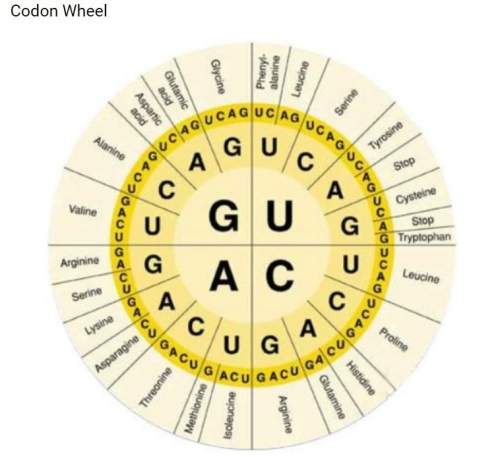
Biology, 15.10.2020 07:01, kobiemajak
You are studying transplant rejection in a wild and genetically diverse population of mice. You have captured some of the mice for laboratory studies. You have four mice from a family. Mouse 1, mouse 2, and mouse 3 are littermates, thus they all share the same mother and father. Mouse 4 is the father of the other three mice. You transplant a small patch of skin from mouse 2 (the donor) onto mouse 1 (the recipient). There is a delayed inflammatory response and two weeks later the skin is necrotic due to transplant rejection. You decide to attempt another transplant. Which follow-up transplant is LEAST likely to be rejected?
a. skin from mouse 1
b. skin from mouse 2
c. skin from mouse 3
d. skin from mouse 4-incorrect

Answers: 1
Other questions on the subject: Biology

Biology, 22.06.2019 01:30, isabellajmoody
Based on the law of dominance, we would expect percent of the offspring from this cross to have large teeth.
Answers: 2


Biology, 22.06.2019 15:10, dudedude29271
What tool do geneticists use to predict the outcome of genetic crosses? a. karyotype b. punnett square c. centrifuge
Answers: 2

Biology, 22.06.2019 16:30, mrashrafkotkaat
Monarch butterflies have brightly colored orange wings with black patterns on them, making them easily visible to birds that eat butterflies and moths, yet birds rarely eat the monarchs. likewise, the monarch caterpillars are brightly striped yellow and white and black, and they also are rarely eaten by birds, although some wasps will attack them and feed them to their young. what can be inferred from these observations? monarchs must threaten and attack birds, but not wasps. monarchs have a way of discouraging bird predation that does not involve hiding. monarchs’ wings are so colorful that most birds must find them difficult to eat. monarchs lay more eggs than other less conspicuous butterflies.
Answers: 2
Do you know the correct answer?
You are studying transplant rejection in a wild and genetically diverse population of mice. You have...
Questions in other subjects:




Biology, 02.09.2019 07:00


History, 02.09.2019 07:00

Chemistry, 02.09.2019 07:00



History, 02.09.2019 07:00







